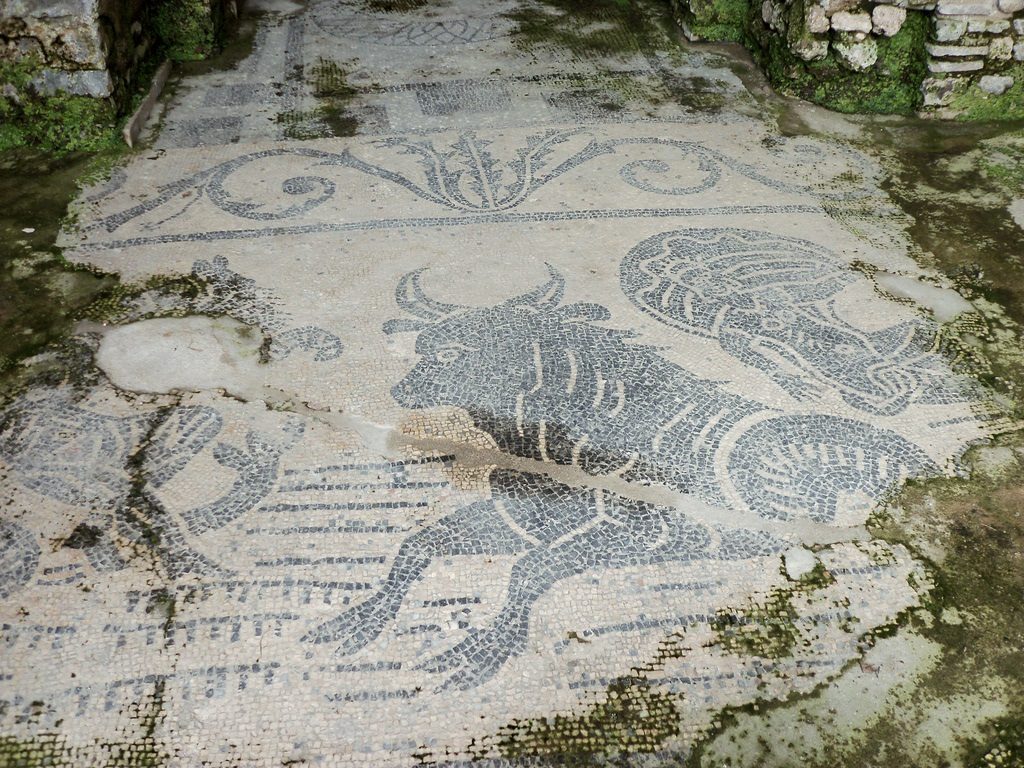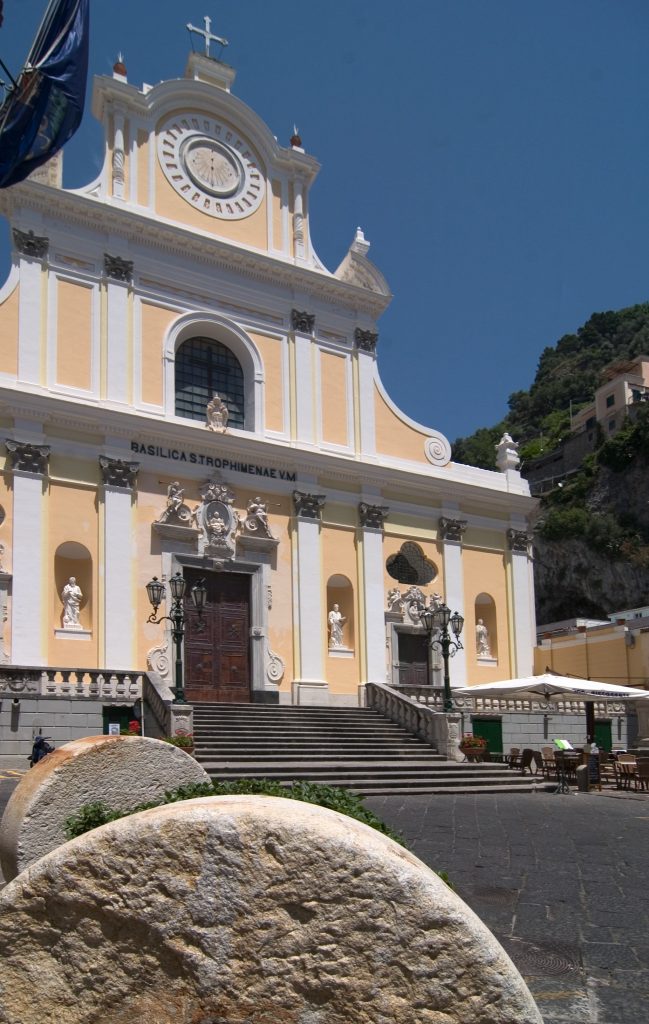
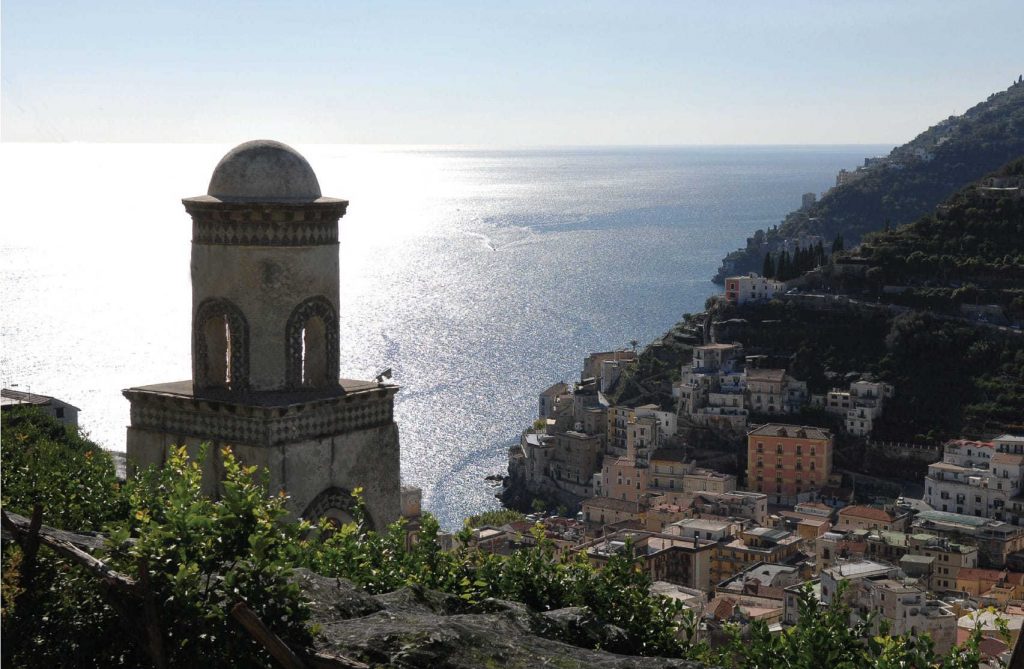
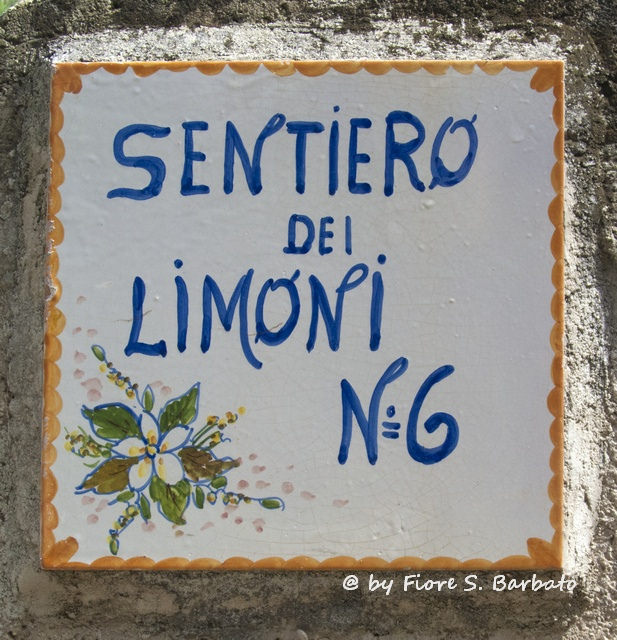
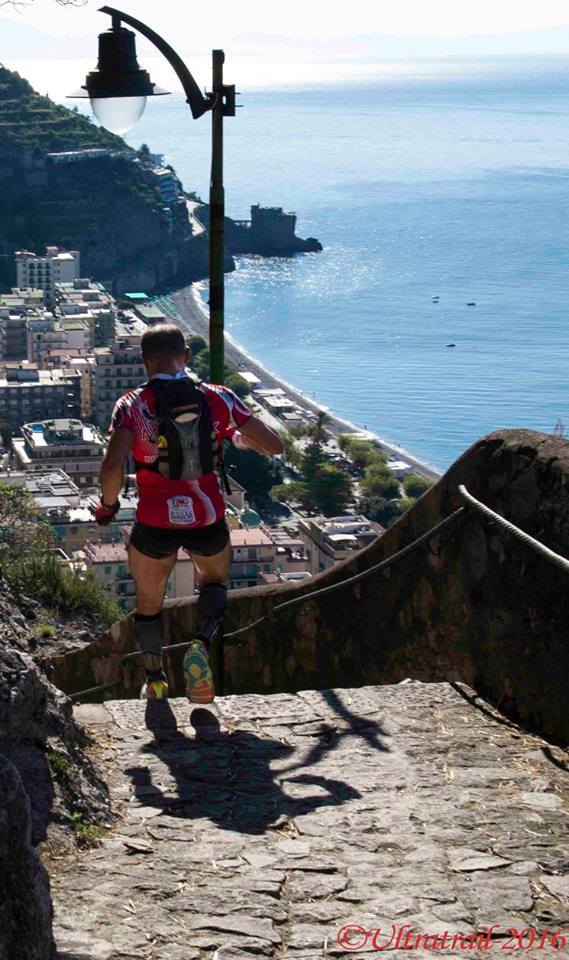
Stroll through the streets of the center and getting lost in the intertwined alleys is a pleasant holiday break. Minori is very rich in monuments, primarily of course the religious ones. The path cannot fail to start from the Archconfraternity of the SS. Sacrament, a building with a single room that houses a wooden choir and a marble altar from the 18th century.
Imposing the Basilica of Santa Trofimena, which houses the mortal remains of the Saint, protector of the city. The temple, with a typical eighteenth-century layout, was rebuilt from the foundations on the remains of an ancient Romanesque church. On the main altar you can admire the "Crucifixion", attributed to Marco Pino da Siena, an important exponent of the Italian Mannerist culture. In the two naves there are several chapels, inside one of them there is the canvas of the Madonna del Rosario, one of the first examples of the Marian cult on the coast. The crypt with three naves, restored in the 1700s, presents on the altar an alabaster urn sculpted in 1772 by the Neapolitan marble-maker Ragozzino, where the relics of the Saint are kept.
There Church of S. Lucia instead it dates back to the 10th century. On the altar there is a 16th century wooden retable in Spanish style, with the statues of S. Lucia, S. Apollonia and S. Agata.
There Church of S. Gennaro in all likelihood, it represents the oldest religious settlement: its origins date back to the eighth century. Inside is the wooden throne, in the center of which there is the shrine with the statue of S. Gennaro. Recent excavations have brought to light Romanesque shapes and capitals, incorporated in past centuries in baroque wall enclosures. Adjacent to S. Gennaro and theOratory of S. Maria delle Grazie, which houses an interesting painting of the '700.
There Church of S. Michele Instead, it presents decorations on paper made at the end of the 19th century by some painters who refer to the pre-Raphaelite culture. Hence the revival of Byzantine schemes. On the right side a painting of the '600 with St. Peter of Alcantara, on the opposite side an Immaculate Conception datable to the same period. Finally, looking up to the sky strikes the beauty of Bell tower of the Annunziata, dating back to the 11th century. Immersed among lemon groves and vineyards, the bell tower is characterized by two-tone decorations with wall inlays, attributable to the Arab-Norman era.
Surely the jewel of Minori is there Roman maritime villa of the first century. d. C.., an imposing imperial-era settlement that annually attracts thousands of visitors. We do not know the name of the gentleman who had it built: he was certainly a person of considerable financial means and a high level of culture and taste, given the design choice of the complex and its decorative apparatus. Built at sea level, on its lower floor the villa encloses a viridarium between the wings of the portico, in the center of which is a basin, aligned with the large, monumental opening towards the sea and with the most important room on the floor, the large triclinium on the sides of which the entire ground floor develops symmetrically. The suspensurae of a heated room and fragments of floor mosaics also identify rooms on the upper floor, totally destroyed by the later renovations. In fact, the Villa has undergone several restorations and alterations. In the third century there was the reconstruction of the triclinium with the addition of masonry counters and the mosaic and the partial renewal of the pictorial decoration. In an even later period, it is assumed, some of the rooms were reduced by partitions.
The villages of Minors they retain the atmosphere of bygone times. Just climb the many uphill streets to reach the most characteristic corners of the town. Particularly pretty is the village of Villa Amena, with the ancient church of San Gennaro, and the village of Torre which, with the church of San Michele, is the heart of the splendid " Path of the Lemons "
Very suggestive is the path of the ancient paper mills, reachable through the driveway to the bottom of the Minorese valley and then following the ancient path that winds towards the Auriola locality.



